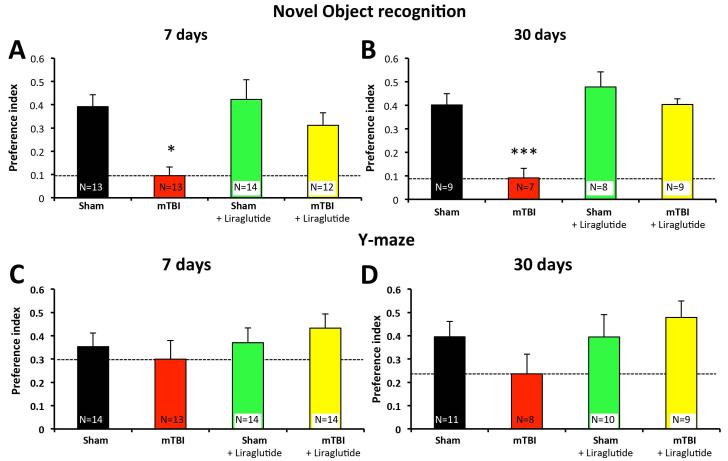Figure 7. Liraglutide treatment leads to behavioral improvement in a mouse model of mTBI at both 7 and 30 days post trauma.
(A) and (B): Novel object recognition paradigm at 7 (A) and 30 (B) days post injury. Preference index is used to represent the relative time that animals spend on novel object, which reflects visual memory. The formula used to calculate the preference index is: (time near the new object – time near the familiar object) / (time near the new object + time near the familiar object). One-way ANOVA revealed that mTBI animals had a deficit in visual memory compared to all other groups. For 7 days: F(3,48) = 5.981, p = 0.002 Fisher’s LSD post hoc, p<0.05, n = 12-14 /group; For 30 days: F(3,29) = 12.329, p = 0.000, Fisher’s LSD post hoc, p<0.001, n = 7-9/group. (C) and (D): Y maze paradigm at 7 (E) and 30 (F) days post injury. Performance was quantitatively assessed by Y maze paradigm, which reflects spatial learning abilities. Preference index is calculated as (time in new arm – time in familiar arm)/(time in new arm + time in familiar arm). All values are presented as mean ± SEM, *P < 0.05; **P <0.01; ***P < 0.001.

